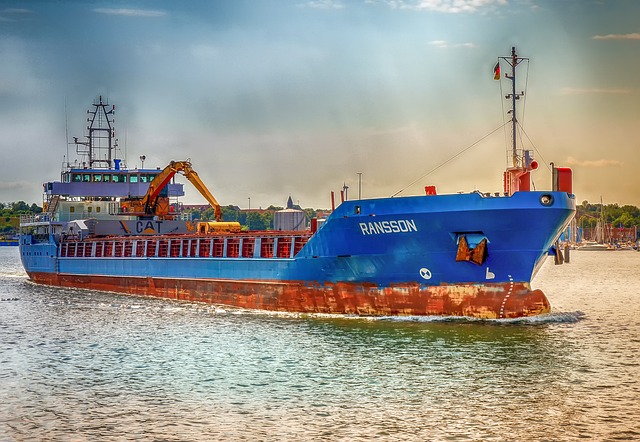Navigating cross-country auto transport requires assessing your vehicle's condition, choosing a reputable company with insurance coverage, securing items, providing accurate details, and confirming dates. Communicate with the carrier during transportation and inspect the vehicle upon delivery for any issues, verifying insurance validity and documentation.
- Understanding Cross-Country Auto Transport: The Basics
- Benefits of Insured Shipping for Your Vehicle
- Navigating the Process: From Preparation to Delivery
Understanding Cross-Country Auto Transport: The Basics

Cross-country auto transport refers to the movement of vehicles over long distances, typically spanning state lines or even countries. This method is often chosen when individuals or businesses need to relocate their vehicles due to relocation, purchase, or sale. It involves careful coordination and specialized services to ensure the safe arrival of the vehicle at its destination.
The basics of cross-country shipping include several key components. First, vehicles are securely loaded onto a transport trailer or towed by a specialized vehicle designed for long-distance hauling. These carriers are then transported across various terrains and climates, requiring careful navigation through different states and adherence to strict safety regulations. Insurance coverage plays a crucial role in protecting the vehicle during transit, providing peace of mind and financial security in case of unforeseen events.
Benefits of Insured Shipping for Your Vehicle

When considering cross-country shipping for your vehicle, insured transportation offers numerous advantages that ensure peace of mind and protection throughout the journey. One of the primary benefits is the comprehensive insurance coverage it provides, safeguarding your vehicle from potential risks like accidents, natural disasters, or theft during transit. This added layer of security means you’re not solely responsible for any damages, as the shipping company’s insurance policy kicks in to cover repairs or, if necessary, replacement costs.
Insured shipping also simplifies the claims process in the event of an incident. With a pre-agreed insurance policy in place, you can efficiently navigate any claims without the back-and-forth negotiations typically required when dealing with third-party insurers. This streamlined approach ensures your vehicle receives prompt attention and repairs, minimizing disruptions to your travel plans and potentially saving you time and money.
Navigating the Process: From Preparation to Delivery

Navigating the process of cross-country auto transport involves several key steps, from initial preparation to final delivery. It starts with evaluating your vehicle’s condition and choosing a reliable transport company offering insurance coverage. This is crucial for safeguarding against potential damages during transit, ensuring peace of mind.
Next, thorough preparation includes securing loose items within the car, providing accurate vehicle details, and confirming pickup and delivery dates. During transportation, keep track of communications with the carrier, understanding their processes and protocols. Upon delivery, inspect your vehicle immediately for any discrepancies, ensuring the insurance coverage is still valid and all necessary documentation is in order.
